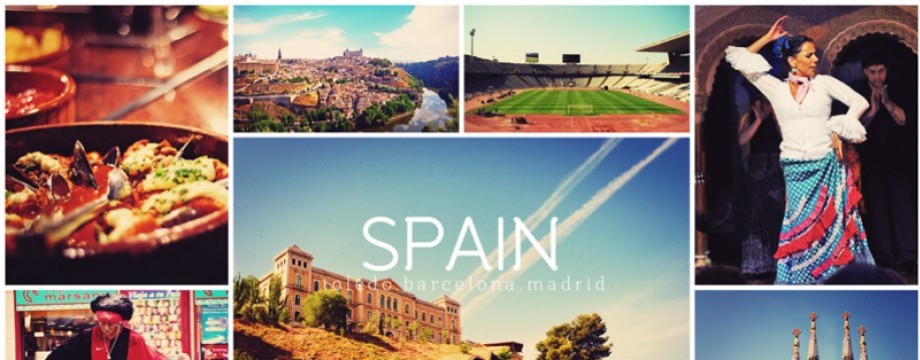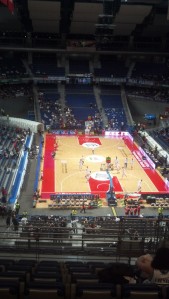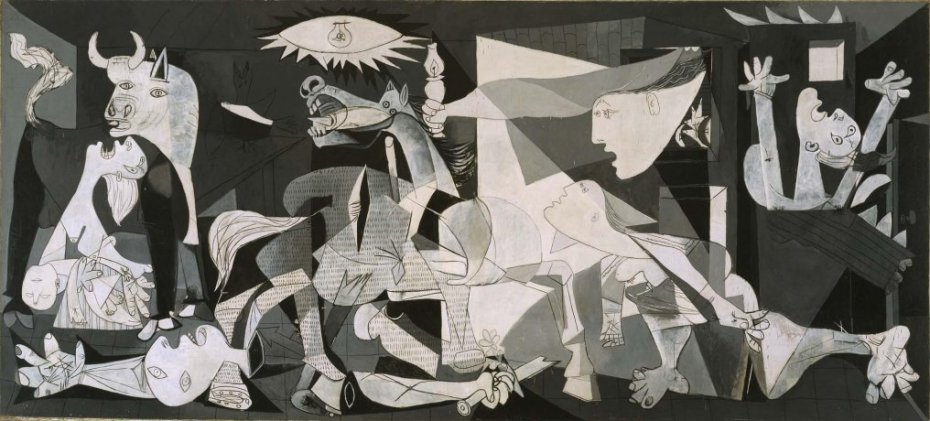Today is Good Friday, and in the Catholic faith, today is one the most important days of the liturgical calendar. In Spain, Semana Santa is celebrated from Palm Sunday to Easter with processions. And they are amazing! In the south of Spain, in the provinces of Andalucia, such as Malaga and Sevilla, the processions are huge and extravagant. They are not as flashy in Madrid but there is a procession every day and today was the day to see it. These processions are intense and could frighten small children, but are altogether moving and a great religious experience.
The procession is carried out by people dressed in white robes and black shoes and masks over their faces that come to a point at the top. As they were explained in class, they look like the KKK. Not a great reference, but an accurate one. They carry the banners and candles and the first person in the procession is the cross-bearer. The crucifix he holds is massive and silver and so beautiful. Then came the military band and they were great. Then came the sinners. Yeah, hold on I’m getting to why I said that. The people who came after the band walked the procession barefoot with chains around their ankles, as an act of penance in order to be forgiven for their sins. The Spanish onlookers have 2 different opinions about these people: some people are generally moved that they have taken on this challenge and are paying for their sins. The other half looks down on them and sneers at how they are obviously sinners and deserve to walk with chains. Behind them are three people, 2 men and 1 woman, who bear wooden crosses as their act of penance in the same style that Jesus bore his cross.
After that, there was an explosion of “AYYYY GUAPO!”, tears and clapping. A gigantic float of Jesus came parading down the street being pushed along by more people in the masks. The float was absolutely breathtaking and many people, including myself, said the Our Father. As Jesus passed, a wave of women in all black with old school high veils followed behind, and another wave of tears and clapping started. I figured out why about 2 minutes afterwards. These women signify the women who mourn Jesus and behind the crowd of veiled women was another gigantic statue, this one of the Virgin Mary. Spanish people love the Blessed Mother more than anything in the world and as she passed, the crowd broke out into the Ave Maria [Hail Mary] prayer out loud.
It was a beautiful ceremony and I was so excited to watch a religious and cultural experience amongst Spaniards!





